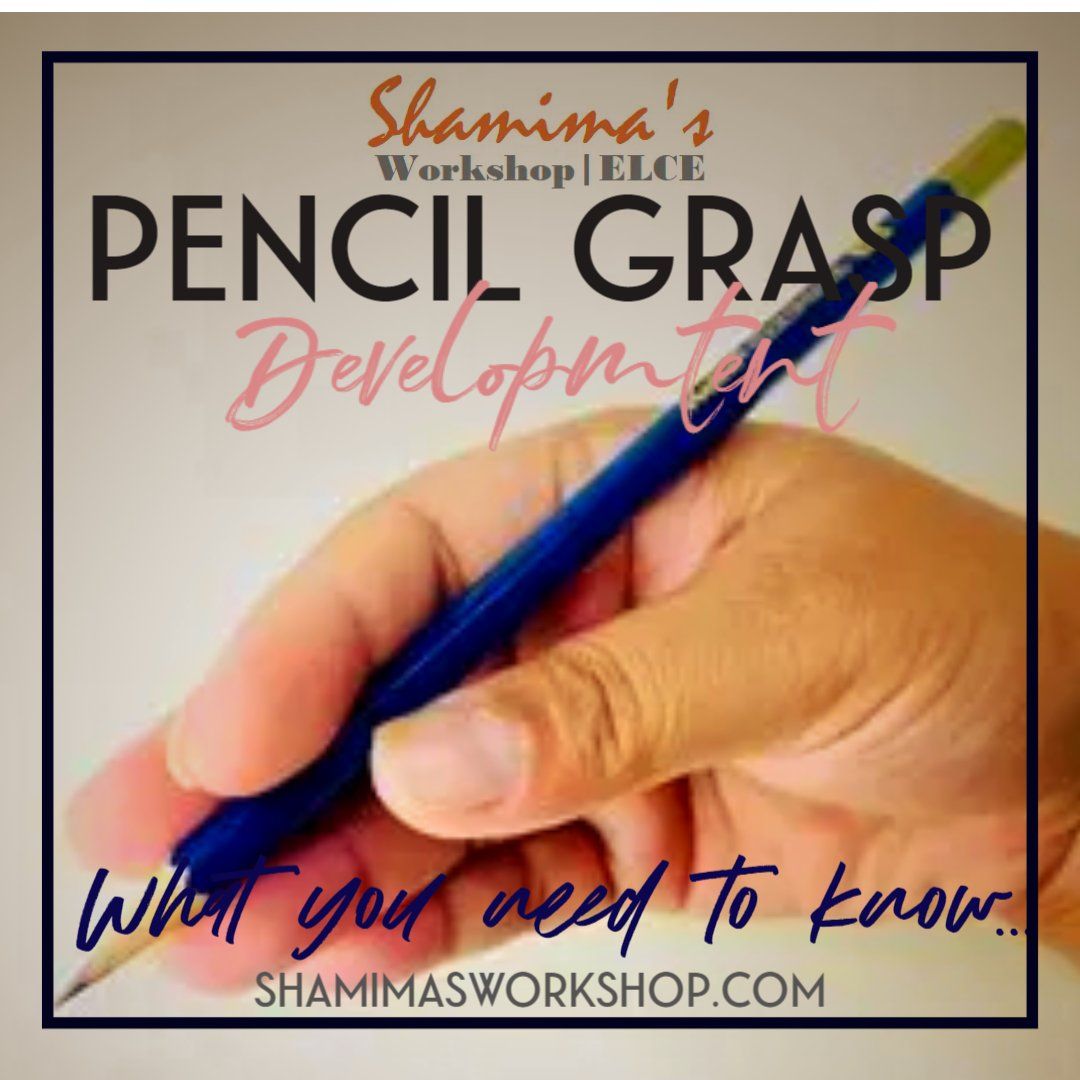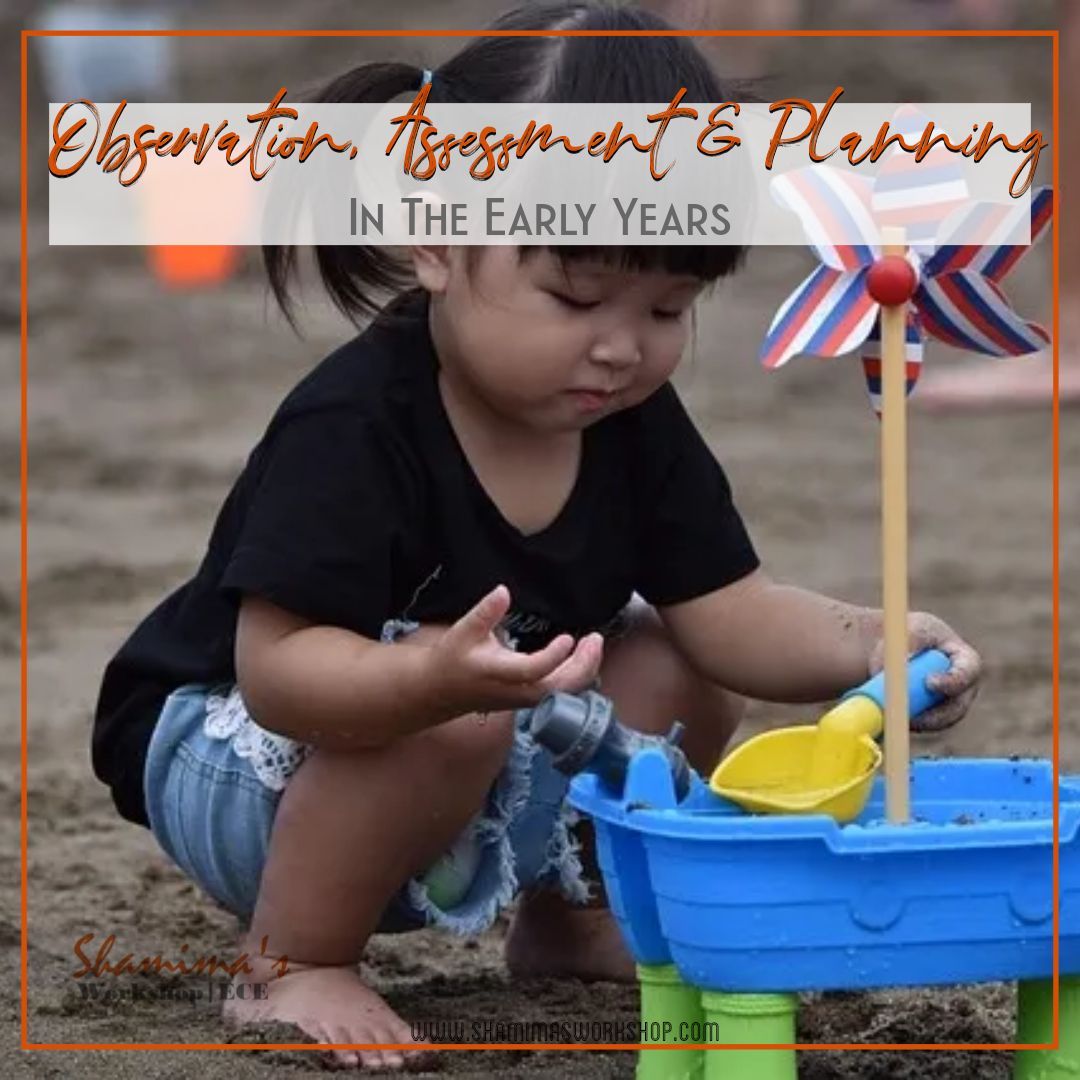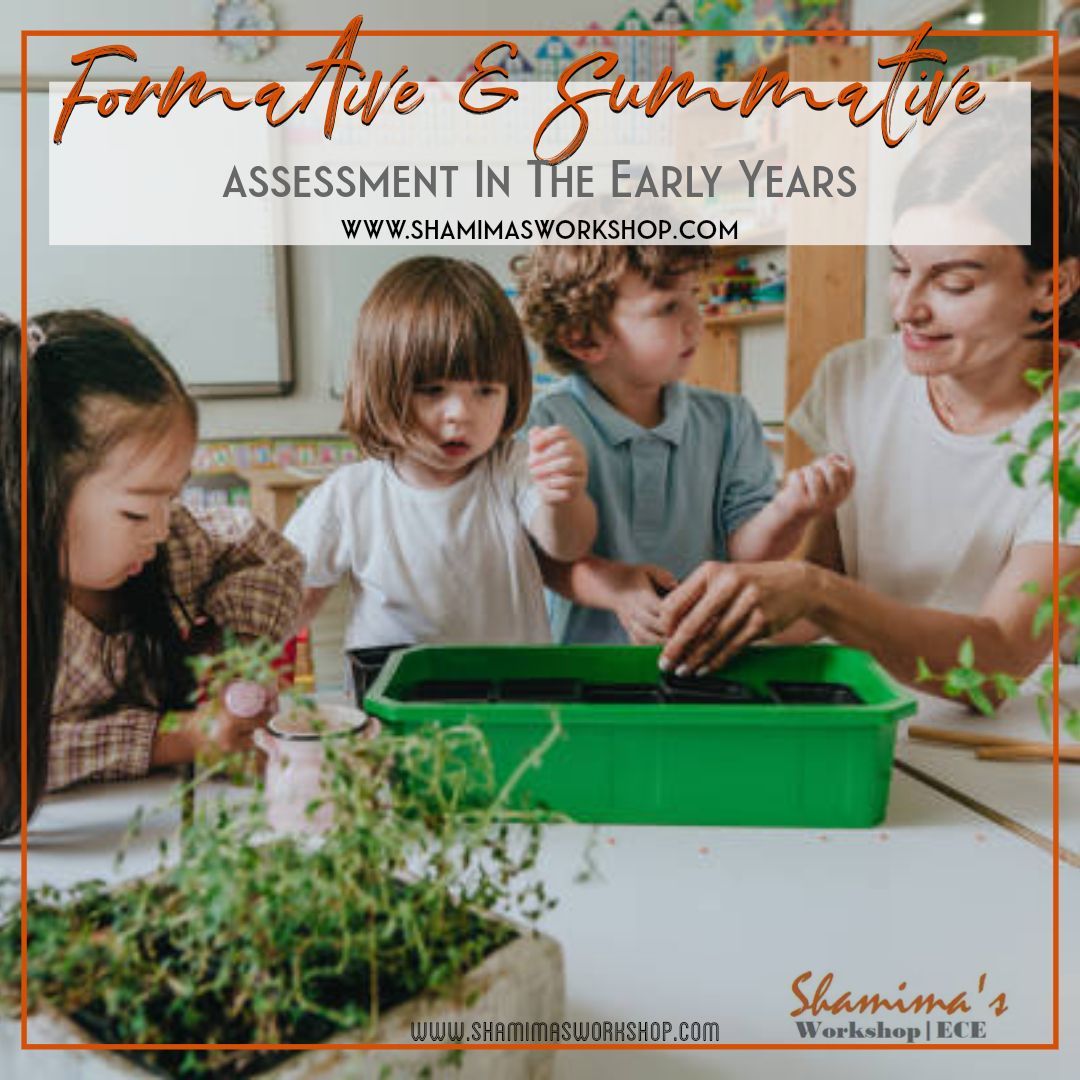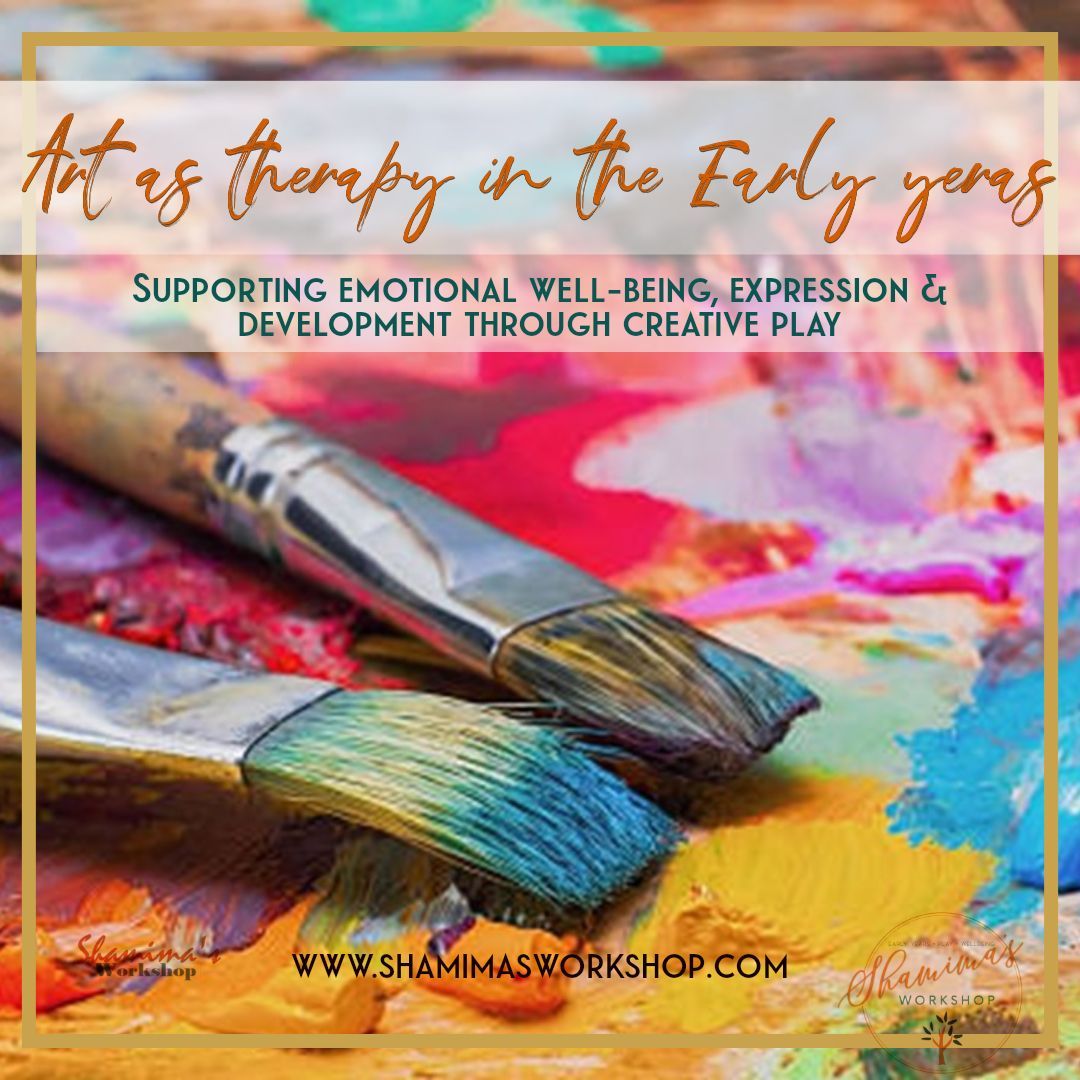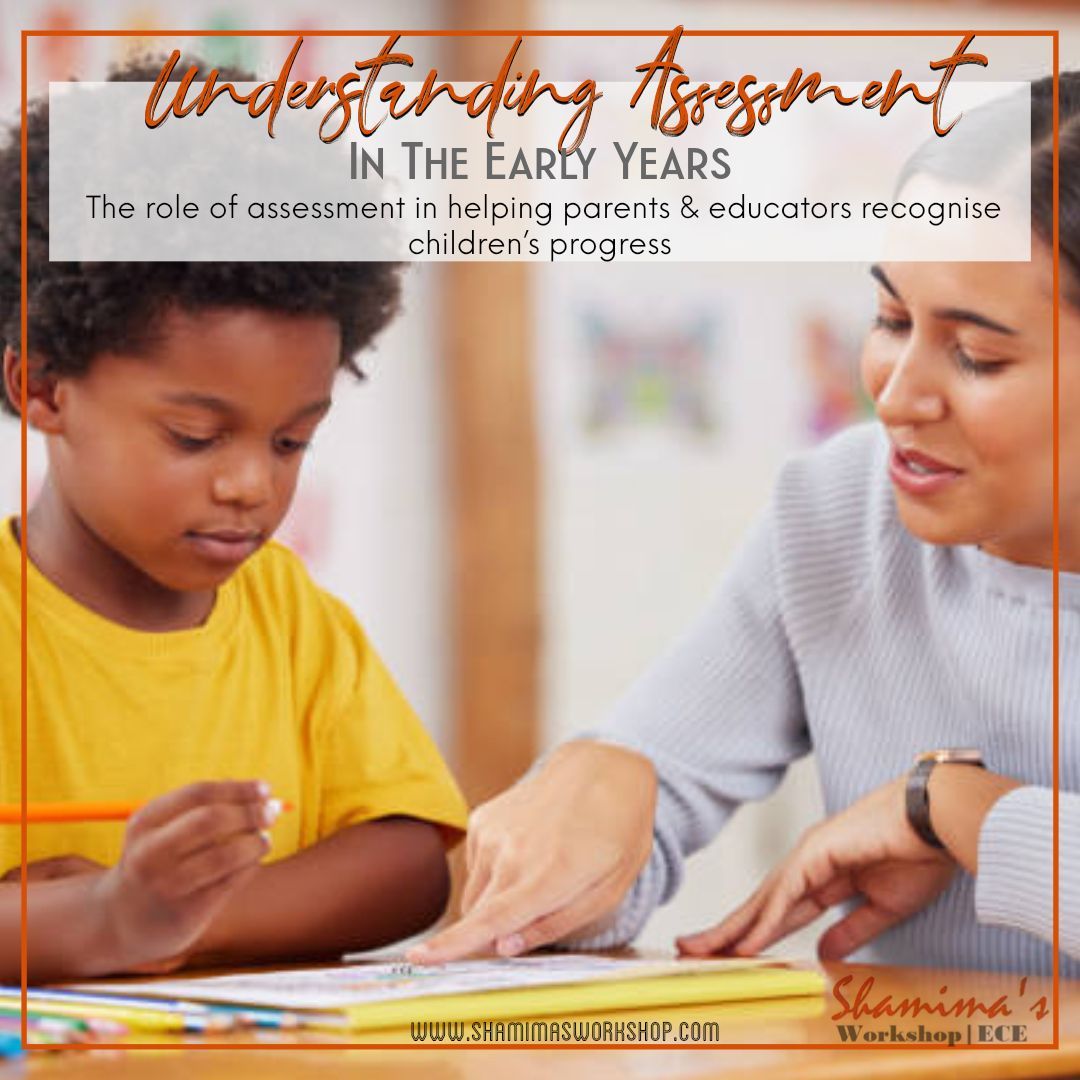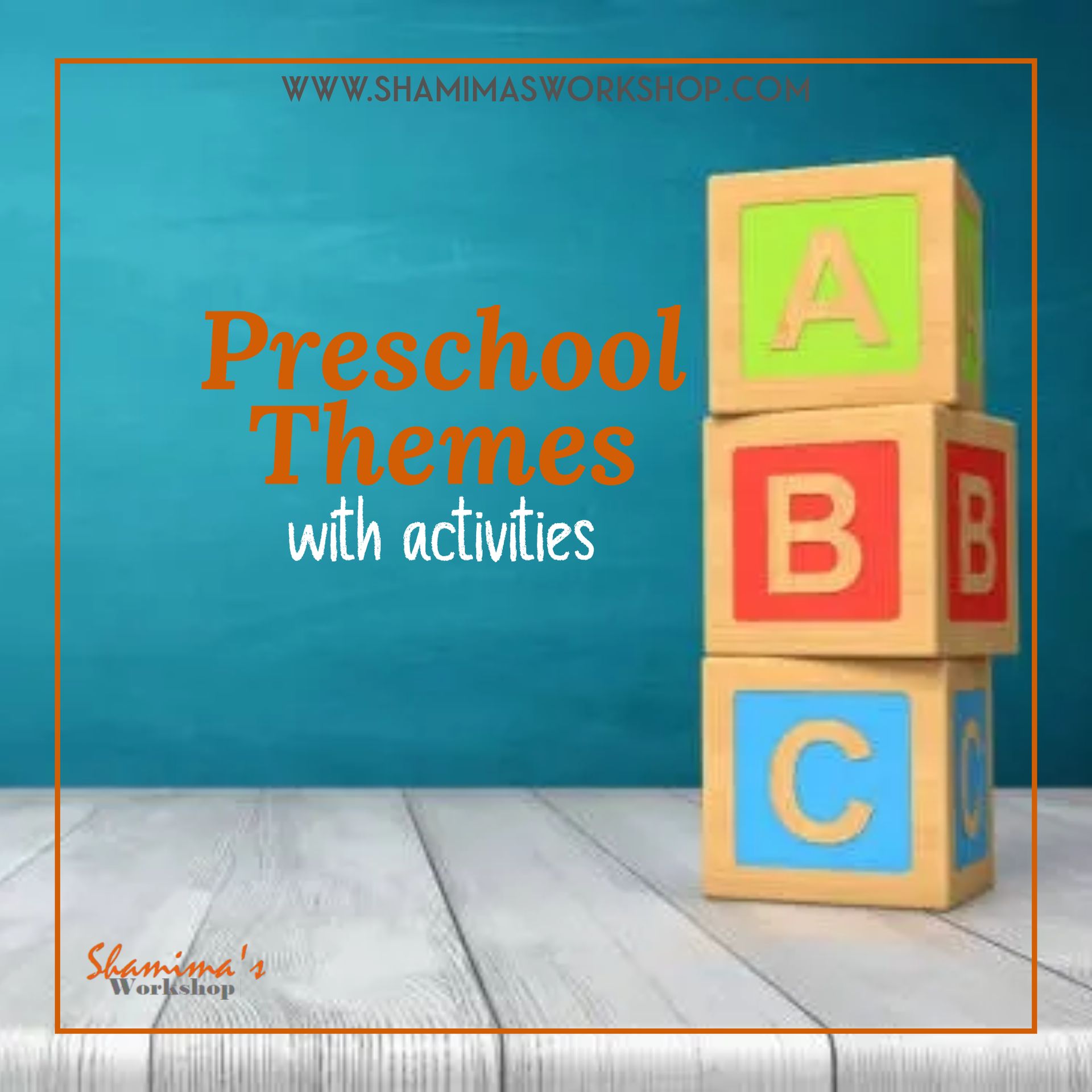Once our children enter preschool, the word “pencil grip” become increasingly significant. Is the way children hold pencils important? Is it crucial how children hold their pencils, and will this have an impact on their learning in the future? Is there such a thing as a bad pencil grip, and what exactly is a good pencil grip? What are children's pencil grip stages?
What is Pencil grip Development stages?
A child will naturally hold crayons and pencils in different ways as they grow older. The way a child grips his/her crayon or pencil is determined by how prepared their shoulder and arm muscles are. It’s critical for children to go through several stages of pencil grasping.
Pencil Grasp Development in Pre-schoolers:
Pencil grasp development in preschools is a complex topic. Children need to go through different stages of pencil grip development. These stages of development are critical since each one assist in the development of the other. These development stages are important because they help children acquire the foundational muscles and movement patterns he or she will need for the next. The correct pencil grasp is one of the most important physical skills children develop and most of that takes place during the preschool years.
Using and mastering the following grasp will help most children achieve an effective pencil grasp:
Palmer Supinate Grasp:
Palmar supinate grasp is most common between the ages of 12 and 15 months. The palm of the hand is utilized to hold an object and is referred to as “palmar”. The term “supinate” refers to how the arm and write are positioned in reference to the centre of the body. By breaking crayons in half as a child gets older, you can encourage them to adopt a more functional grasp. You can also utilize smaller writing tools instead of larger ones.
Digital Pronate Grasp:
Digital pronate grasp emerges between 2-3 years old children. In this grasp development, a child is starting to arrange his or her fingers in a downward position on the palm of his or her hand. A child is starting to place his fingers on the writing tool in a downward position, yet all of his fingers are being used. The term "digital" refers to the use of fingers to grab rather than the full palm, as in the Palmar Supinate Grasp. The wrist is pronated when it is turned down and away from the middle.
Static Tripod Grasp or Quadruped Grasp:
Between the ages of 3 and 4, a child's tripod hold will become more static as he or she perfects it. The index and thumb form a three-finger grip, with the writing tool resting on the middle finger. The other fingers are tucked into the palm. The way the child moves the pencil is referred to be static. The wrist and forearm are used to move the pencil in a static motion. When the static tripod is first developing, a child’s wrist flexed (bent forward) and “floating above the writing surface. Whether the child is working on paper flat on a table or colouring on a vertical chalkboard. Research has found that nearly 50% of three-year-old's are already able to use a tripod grasp, and grasp maturity at this age tends to be higher for girls than for boys.
Dynamic Tripod Grasp:
Through ages 4-6, a child’s tripod grasp will mature to a dynamic grasp. Dynamic grasp allows for more precision and detail during tasks such as colouring within the lines or within smaller spaces, drawing with more detail, and tracing or writing letters with more precision.
WHAT NEXT?
Encourage different fine motor activates is one of the best ways to promote good finger and arm strength.
FOR MORE INFORMATION:
Please note that I am an experienced early year’s trainer, not an occupational therapist nor a paediatrician. This information is provided to you via my own research. If you have questions or concerns, please direct them to the appropriate specialist.
